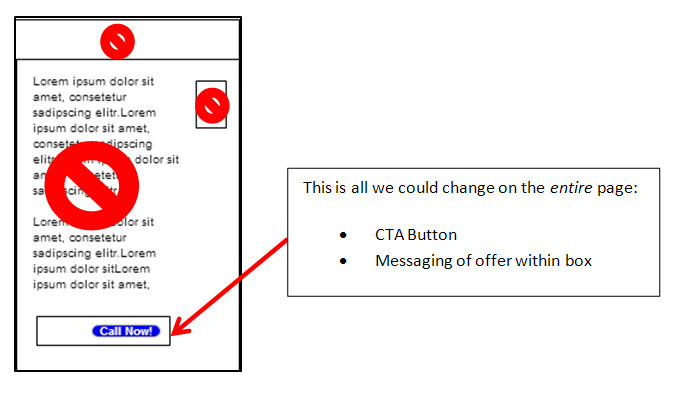Project Management: Communication is the lost currency of business
Communication is the lost currency of business.
When thorough and effective communication is not present in business, everything else seems a little off.
George Bernard Shaw said it best: “The single biggest problem in communication is the illusion that it has taken place.”
I’m sure we have all run into situations where we thought something was taken care of, but the memo didn’t get through clearly, and then you became angry at Joe in Accounting for not compiling those numbers for the important meeting with the VP. The scenarios are endless and the consequences can be devastating, all from one communication mishap.
Here are a few tips that have improved the communication within my team that you can use to aid your own communication efforts.
Silos are for farms, not businesses
I see companies operate in silos much too often.
Departments only two feet away from each other have zero idea what the other team is working on.
Closed lines of communication are a missed opportunity for sharing transferable discoveries that can potentially achieve commingled goals.
For example, if your team is working on a project that you think could have discoveries or beneficial concepts that may apply to a different project elsewhere in your organization, you should try to share that information whenever possible.
A quick summary of your team’s projects distributed in a weekly update email or during a peer review session can help build good communication by spreading vital information companywide.
Ultimately, it takes a proactive effort to share information with other departments in order to help eliminate the poor communication that often results when groups work in a vacuum.
Optimize your meetings to avoid more meetings
I understand this isn’t a new concept, but we’ve all attended meetings that were pointless and a waste of valuable time. Too often, objectives aren’t set and leaders aren’t identified.
Here are a few ways I try cut down on the wasted meeting time:
- Set an agenda, and send it out to participants. If you are running a conference call, make sure to send the agenda to attendees at least a day in advance for review to ensure you don’t miss anything.
The agenda should always include a spot for a meeting objective and room for you to include the attendees and their roles. Keep the meeting to the agenda so topics don’t get too off track, which leads to more wasted time.
- Delegate a note taker. Probably the most crucial role in a meeting, this person helps to capture the most important points and action items and sends it as takeaways to all attendees for reference.









